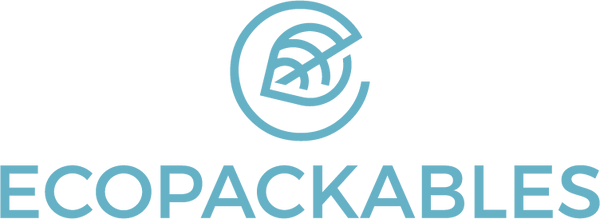As packaging sustainability becomes a strategic priority for brands, the question of where to source your packaging—domestically or overseas—has never been more relevant. On one hand, overseas suppliers continue to offer highly competitive pricing, even in the face of rising tariffs. Lower minimum order quantities, broader material, finish and feature capabilities make overseas manufacturing attractive for brands looking to scale or stand out with high-end, sustainable packaging.
On the other hand, domestic sourcing still provides meaningful advantages: simplified logistics, faster delivery (especially when lead times include freight), and a lower carbon footprint thanks to reduced transport emissions. Sourcing locally also supports regional economies and makes it easier to align with recycled content regulations or certifications. That said, MOQs tend to be higher domestically, and capabilities—especially around materials, colors, and finish options—can be more limited.
One key consideration is product location. If you're manufacturing overseas, it often makes more sense to produce packaging nearby, avoiding the cost and complexity of shipping packaging to and from different continents. But if you're launching a quick-turn product domestically, or want to build a story around local production, sourcing closer to home may be the better play.
Ultimately, there's no one-size-fits-all answer. The best choice depends on your priorities—cost, speed, sustainability, flexibility, or a mix of all four. That’s where we come in. At ecopackables, we specialize in helping brands navigate these decisions. Whether you want to explore overseas capabilities, stick with domestic production, or simply need help making the call, we’ll make sure your packaging is high-performing, on-brand, and logistically seamless—from sourcing to delivery.

